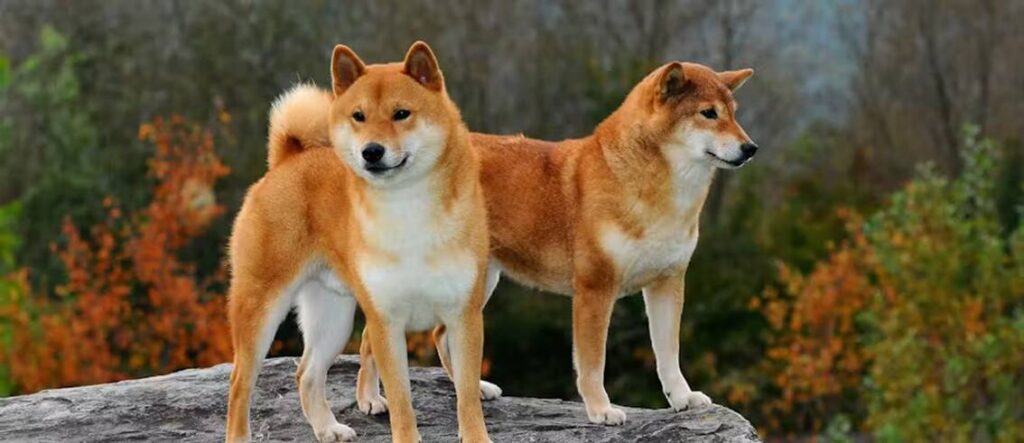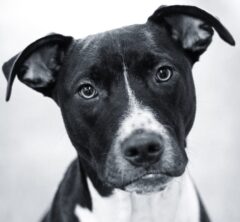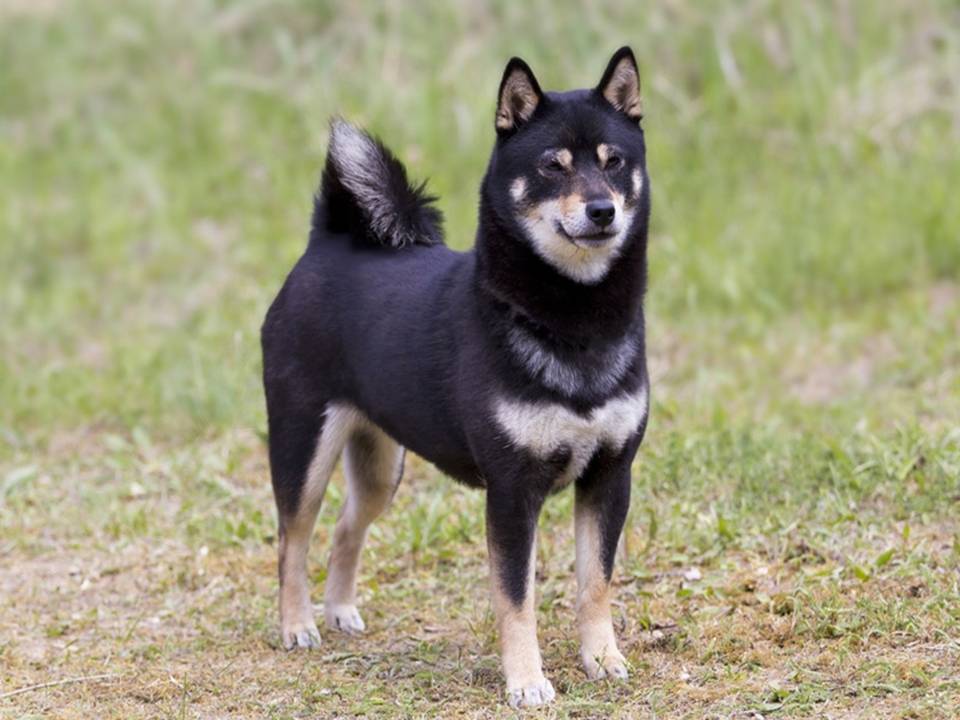Japan’s Smallest but Most Beloved Dog Breeds
The Shiba Inu, Japan’s smallest dog breed, has won hearts worldwide. Known for its spirited personality and fox-like appearance, this breed has become a global favourite. While its recent fame often links to internet memes, the Shiba Inu’s roots run deep in Japanese culture. Its long history connects to Japan’s natural landscapes and human societies, making it a symbol of resilience, loyalty, and adaptability.
Ancient Origins: The Early History of the Shiba Inu
The Shiba Inu’s history dates back to around 300 BC or earlier, making it one of the oldest dog breeds. The name “Shiba” means “small,” fitting the breed’s size, while “Inu” translates to “dog” in Japanese. Some believe “Shiba” also refers to “brushwood,” a shrub with red leaves that matches the Shiba’s coat colour.
Shiba Inus Were Bred for Hunting
Archaeological evidence shows small dogs resembling Shiba Inus existed in Japan for thousands of years. People bred them primarily for hunting. Their small size, agility, and sharp senses made them excellent at flushing out small game like birds and rabbits from dense underbrush, especially in mountainous areas.
The breed’s ancestors likely lived with the Jomon people, Japan’s early inhabitants during the Jomon period (14,000 – 300 BCE). These settlers selectively bred their dogs for hunting skills, strength, and adaptability to rugged environments, shaping the Shiba Inu’s traits we see today.
Japan’s Hunting Heritage: The Shiba Inu’s Role in Traditional Society
Shiba Inus developed in isolated regions across Japan, leading to different regional varieties. These included:
- The Shinshu Shiba from Nagano, known for its dense coat and small frame.
- The Mino Shiba from Gifu, famous for its sickle-shaped tail.
- The San’in Shiba from the Chūgoku region, recognized for its black coat and sturdy build.
These dogs played a vital role in rural communities, especially as hunting companions. Their compact size and sharp reflexes made them ideal for navigating dense forests and brushwood. Their independence and strong-willed nature helped them thrive in challenging terrains.

Near Extinction and Revitalization Efforts
By the early 20th century, the Shiba Inu faced near extinction. Urbanization, changing lifestyles, and the introduction of Western dog breeds reduced their numbers. World War II worsened the situation, as bombings, food shortages, and diseases like distemper devastated the population.
In the 1930s, preservation efforts began. The Japanese government declared the Shiba Inu a “natural monument” in 1936, recognizing its cultural importance. Breeders used the few surviving dogs to restore the breed, crossing regional types to standardize its appearance and temperament.
The Nihon Ken Hozonkai (NIPPO), founded in 1928, played a key role in these efforts. They established breed standards and promoted the Shiba Inu’s restoration, ensuring its survival.
Modern Shiba Inu: Characteristics and Global Popularity
Today’s Shiba Inu is energetic, alert, and independent. It has a compact, muscular body, standing 13.5 to 16.5 inches tall and weighing 17 to 23 pounds. Its thick double coat, in colours like red, sesame, or black and tan, protects it from harsh weather.
Shiba Inus adapt well to modern life. They are loyal and affectionate with their families but retain their independent and sometimes stubborn nature. Known for their cleanliness, they also have a unique trait called the “Shiba scream,” a loud vocalization they make when excited or upset.
In the late 20th century, the Shiba Inu gained popularity outside Japan. The first documented Shiba arrived in the U.S. in 1954, but the breed only gained recognition in the 1990s. The American Kennel Club (AKC) officially recognized it in 1992.
The breed’s global fame skyrocketed in the digital age, thanks to the “Doge” meme. This viral sensation, featuring a Shiba Inu with humorous captions, made the breed an internet icon. Its expressive face and quirky personality made it a perfect fit for meme culture.
Conclusion
The Shiba Inu’s journey from ancient hunting dog to modern internet star showcases its resilience and adaptability. Despite nearly disappearing, the breed not only survived but thrived, becoming one of the world’s most beloved dogs. Today, the Shiba Inu remains a cherished companion, celebrated for its unique personality, fox-like looks, and rich cultural heritage. From Japan’s mountains to homes worldwide, the Shiba Inu continues to capture hearts, just as it has for thousands of years.


